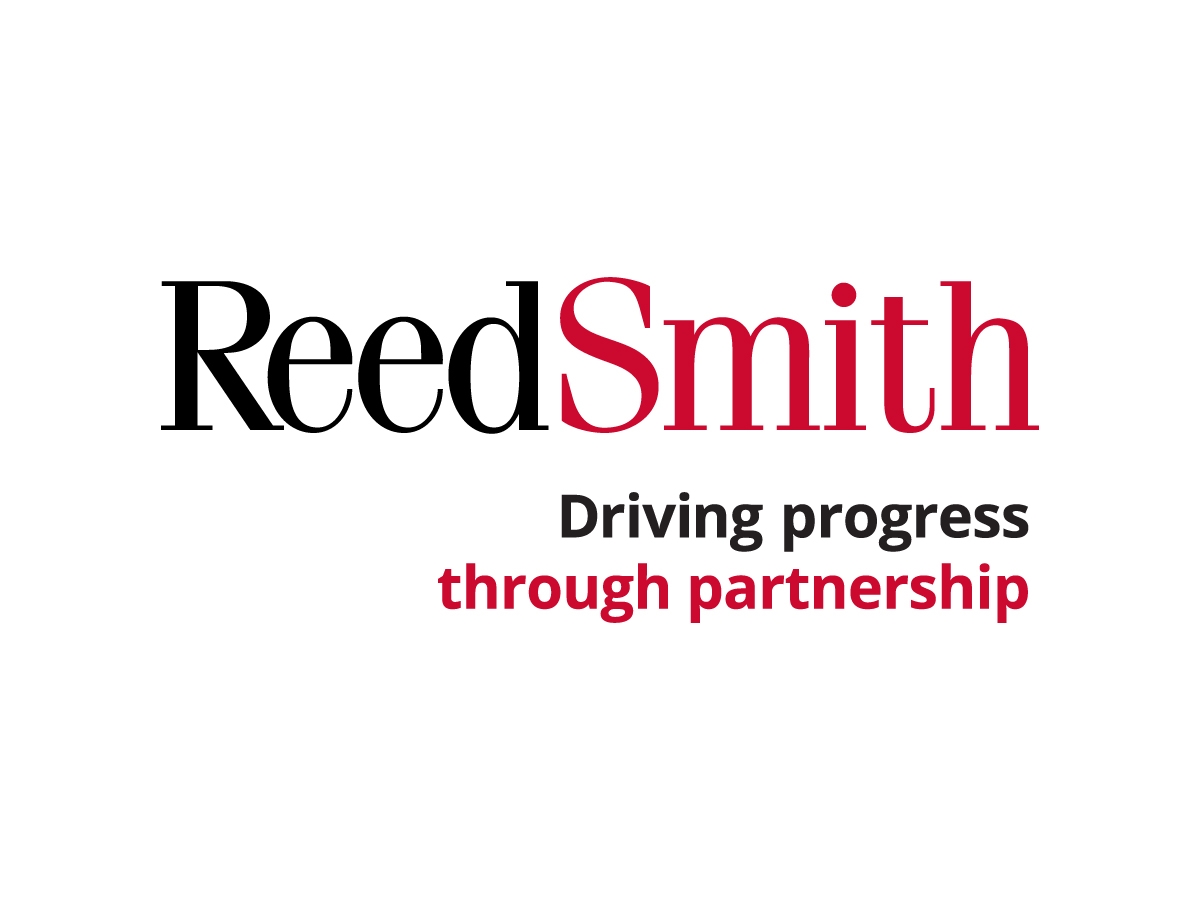
It is indisputable that artificial intelligence (AI) has generated enormous buzz over the past several years. AI has had a substantial impact on various industries and facets of society – with no signs of slowing – and its potential to disrupt longstanding business mechanisms cannot be overstated.
Among the areas most impacted by AI is the workplace. Indeed, AI and generative artificial intelligence (GAI) are readily used – and, as will be discussed, sometimes misused – every day by millions of U.S. employees. Companies utilize these sophisticated tools for a myriad of reasons, including to boost development, increase productivity, and stay ahead of the proverbial curve.
In this multipart series, we will address a host of issues associated with the interplay between AI and GAI, on the one hand, and the U.S. workplace, on the other hand. And in this particular article, we will break down what we specifically mean when referring to AI and GAI and, also, how federal, state, and local legislatures are responding to the rise in workplace-related AI issues. Future articles will address how AI and GAI are impacting the workplace as well as challenges employers face with the adoption of AI and GAI tools in the workplace.
What are AI and GAI, and how do they differ?
AI and GAI are terms that encompass one another, but they generally differ based on their scope and versatility.
On one hand, AI is broader and involves any implementation of technology that can perform specific tasks. Some familiar examples of AI are chatbots or virtual assistants that are designed to perform specific tasks like answering basic questions. These examples of AI are developed based on machine learning algorithms and preprogrammed scripts. These basic examples, however, barely scratch the surface of the various AI platforms and tools available to employers. Software developers continue to incorporate AI into their products to perform more sophisticated functions such as recommending content based on behavior and choices, image recognition and video editing, and autonomous driving for vehicles.
On the other hand, GAI involves a much narrower scope of AI that focuses on generating content in a manner that not only mimics human creativity and research but is capable of working autonomously and often surpasses human capabilities in specific creative and research tasks. Some notable examples of GAI include text generation (such as Chat GPT-3), image/art generation, and video generation. In that regard, GAI has computational power to process and analyze mountains of data and create new models and human-like work product. Furthermore, GAI can continuously learn and provide updated analysis when presented with new information faster than humans could.
All in all, these tools have the potential to transform the workplace, but present unique challenges that require practical and legislative attention. Striking a careful balance between innovation and other considerations, such as ethics, fair use, accuracy, and confidentiality, is crucial.
Legislative Response AI and GAI
Implementation of AI and GAI, especially in the workplace context, has not surprisingly garnered the attention of legislators, prompting their decision to craft laws and regulations to enforce lawful and ethical use of AI and Automated-Decision Systems (ADS). And, as the call for legislative oversight grows, policymakers are actively engaging with experts and the public to craft laws to protect individuals and companies from potential pitfalls associated with the use of AI and GAI. As detailed in the chart below, California and New York are among key jurisdictions to draft and propose key legislation addressing use of AI.
With laws and regulations regarding AI and GAI coming to fruition and the widespread implementation and use of AI, employers are scrambling to remain compliant with any requirements and navigate many of the issues discussed in this article. With that in mind, in the next part of this series, we will discuss specifically areas where AI and GAI are impacting the workplace (e.g., recruiting, interviews, etc).